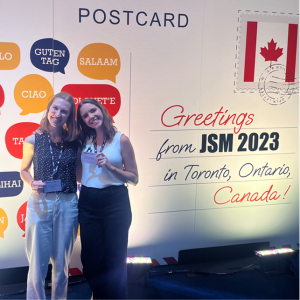Turning Numbers into Impact: How SRTR Biostatisticians Support Transplant Communities
ABOUT: This science/healthcare feature story highlights how biostatisticians at the Scientific Registry of Transplant Recipients (SRTR) use data analysis to improve outcomes and support decision-making in the organ transplant community. By turning complex transplant data into clear, actionable insights, their work helps patients, providers, and policymakers navigate an evolving healthcare landscape.
Role: Interviewer | Writer | Editor | Visual Curator Publisher
Duties: I led this story from start to finish—interviewing all three biostatisticians, translating scientific and technical information into an easy-to-digest format by crafting the narrative with a human-centered focus. I refined the piece through multiple editing rounds, including scientific peer review for factual accuracy. Finally, I sourced, curated, and captioned all visuals and published the final story on WordPress.
Published in: HHRI News, 2025
Summary: SRTR biostatisticians at Hennepin Healthcare Research Institute (HHRI) are leveraging comprehensive transplant data to develop models and analytical tools that enhance decision-making across the U.S. organ transplant ecosystem. Their work translates complex datasets from programs and organ procurement organizations into clear, actionable insights that support patients, providers, and policymakers.

“We’re working to improve patient care through research [and education]. So, in terms of educating the patient, it’s a very complex process. From finding out that you are in organ failure, to getting on the list, [receiving a transplant], and then the [aftercare]. It’s quite a complex network to navigate, so I do think we are a bit involved in using the data to educate patients and their advocates about what’s the right sort of decision-making at each of those steps.”